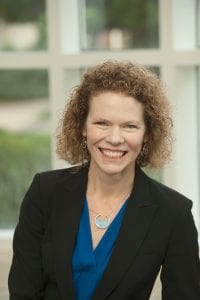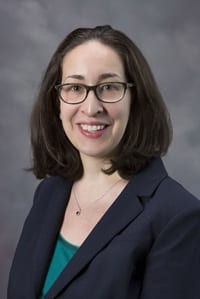Several Simmons researchers and their co-investigators at other universities were recognized for their STEM projects by the 2021 STEM For All Video Showcase, funded by National Science Foundation.
Associate Professor Annie Wilhelm, Beth Adams, STEM evaluation researcher, Tiffini Pruitt Britton, math education researcher (co-principal investigators), and their team received a Presenter’s Choice award for their video, Supporting Equitable Participation and Access. Led by Principal Investigator Jonee Wilson, assistant professor at North Carolina State, the video shows that aiming for equity involves identifying and outlining specific practices that support and empower students who have historically been underserved specifically in mathematics classrooms. This video also was noted for being one of the projects that registered the most discussion.
Associate Professor Candace Walker and her team received a Facilitators’ Choice award for their video, Stories of Algebra for the Workplace. The project examines how practitioners in STEM and STEM-related careers use algebra to do their jobs and then uses this information to build classroom activities for students enrolled in algebra courses. The team includes Simmons Ph.D. students Brooke Istas, Jonathan Hunnuicut, and Min Wang, and fellow researchers from UNC-Chapel Hill, Worcester Polytechnic University, and Texas A&M created
The 2021 National Science Foundation (NSF) STEM for All Video Showcase is an annual online event. Each year, it hosts between 100-200 three-minute video presentations from federally funded projects that aim to improve STEM (Science, Math, Engineering, and Mathematics) and computer science education. During the seven days of this online event, Principal Investigators, practitioners, administrators, researchers, policymakers, industry, and the public at large are encouraged to participate.






